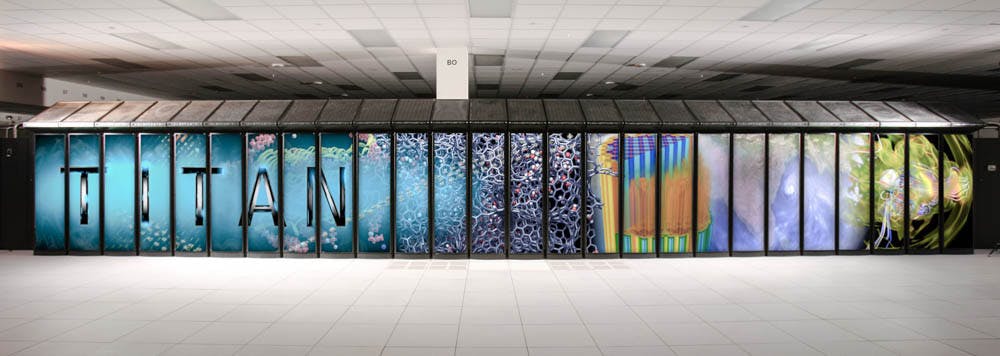University researchers have developed computational methods using a supercomputer that enables them to dive deep inside sickle cells and analyze their molecular characteristics. By modeling the processes responsible for sickle cell formation, the team will be able to explore possible treatments for the disease.
Sickle cell anemia is caused by a genetic mutation that makes normally concave, round red blood cells become stiff and misshapen, said George Karniadakis, professor of applied mathematics. Sickle cell was identified as the first molecular disease by Nobel laureate Linus Pauling in 1949.
Pauling’s initial characterization was based on the behavior of hemoglobin, a molecule normally distributed evenly throughout the red blood cell. In an infected individual, the molecule “will self-assemble into a fiber, and this fiber will push the red blood cell into a sickle shape,” said Lu Lu GS, the study’s first author and a member of Karniadakis’ research group. These fibers are rigid and behave similarly to the fibers in a plant stem, said Gregory Kato, professor of medicine and director of the Sickle Cell Center of Excellence at the University of Pittsburgh.
While the cells affected by the disease are often thought of as sickle-shaped, there are dozens of abnormal shapes they can also take, Karniadakis said. The presence of these abnormal red blood cells in the body catalyzes a sort of “crisis.” Unable to easily pass through thin vesicles and capillaries, hemoglobin cannot transfer oxygen everywhere it needs to go.
The study, led by Karniadakis and published in the Biophysical Journal, attempts to model hemoglobin fiber formation — a topic first discussed 30 to 50 years ago, but has since been relatively neglected in the field, Kato said.
Today, the availability of supercomputer technologies makes the team’s study so unique. “They allowed for a new level of detail of molecular interaction … that has never been possible before,” Kato said. The study also stands out for its interdisciplinary approach to medicine, as it brought together mathematicians, engineers and physicians in an effort to learn more about sickle cell anemia, Karniadakis said.
Mapping the previously elusive process of fiber formation is an “expensive” computational problem, Karniadakis said. The problem’s complexity stems from the multi-scale approach necessary to consider both the microscopic and macroscopic implications of sickle cell anemia. The process “is more complex than most protein interactions. … There’s a lot of action going on,” Kato explained.
Creating an accurate computational model required the use of the Titan supercomputer located at the Oak Ridge National Laboratory in Tennessee, as well as other facilities, and a smaller-scale system on campus at the Center for Computers and Visualization. The supercomputer is the fastest of its kind in the United States and the fourth most powerful in the world, according to the bi-annual Top500 Supercomputer ranking released in June 2017.
The research provides insight on drugs currently being tested to treat sickle cell anemia. From the late 1990s until mid-2017, only one drug, Hydroxyurea, was FDA-approved to treat the disease. The drug works to soften sickled red blood cells and increase their elasticity, allowing the cells to more feasibly pass through the thin channels they would otherwise block, Karniadakis explained.
However, a new treatment, Endari, was approved to treat sickle cell last year. There are still more drugs in the process of being tested and analyzed, Lu said.
The team hopes to use their research to test the different effects of the drugs, he added. This computational model will enable researchers to ask questions “that you wouldn’t be able to ask in the laboratory and certainly not with real patients” and predict drug outcomes before requiring specialized resources, Karniadakis explained. With “the mathematical model, … we don’t have to wait for someone to give a blood sample,” Kato said. “We can just think of the experiment and plug it into the computer and get a simulated answer.”
In the future, the team hopes to gain insight into cell-to-cell interactions as well. Karniadakis “already has advanced computational understanding to know how to do all these things,” Kato said. “It will just take time and effort.”





